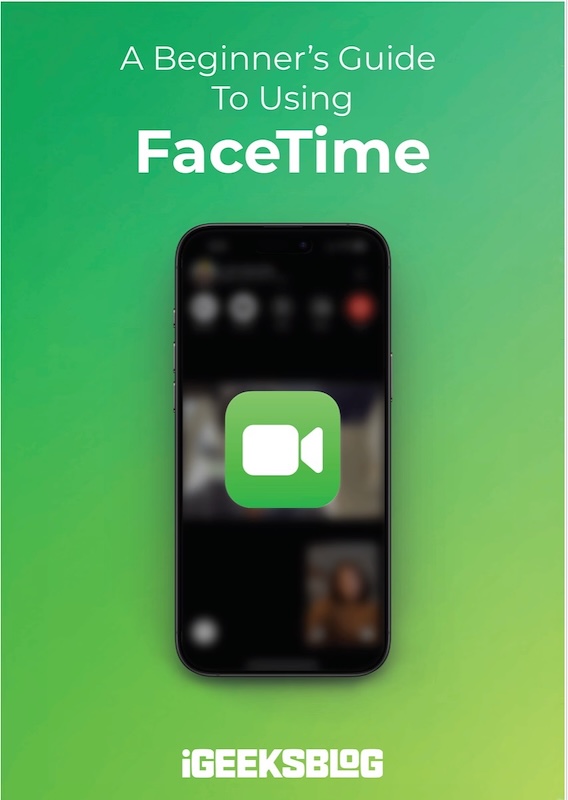
FaceTime Like a Pro
Get our exclusive Ultimate FaceTime Guide 📚 — absolutely FREE when you sign up for our newsletter below.

FaceTime Like a Pro
Get our exclusive Ultimate FaceTime Guide 📚 — absolutely FREE when you sign up for our newsletter below.
Confused by your iPhone's battery graphs and stats? Here's a simple guide to find what's draining your iPhone and how to optimize battery life.
For years, the biggest worry for iPhone users has been battery life. While Apple hasn’t drastically increased physical battery sizes, it has continuously optimized iOS to squeeze out more usage. Today, your iPhone has a dedicated Battery section that reveals detailed insights into power consumption, helping you see exactly what’s draining your phone and how to manage it better.
This guide walks you through how iPhone battery tracking works, where to find these stats, and how to use them to extend your iPhone’s battery life.
Your iPhone’s built-in power management system monitors every detail of your usage, screen time, background processes, charging behavior, and even low-power sessions. iOS then organizes this data into two clear views:
This combination helps you identify not just when your iPhone is draining power, but why.
To check your iPhone’s battery insights:

Here, you’ll find two main graphs:
Apple has designed the battery level graph to give you deep insight into a high-level overview and detailed breakdown of your iPhone’s power consumption over the last 24 hours and 10 days.
If you look closely at the Battery Level graph, you’ll notice different colored lines based on the time frame against the battery charging level. Here’s what each color represents.

Plus, a lightning sign appears below the lines representing the periods when your iPhone was charging.
Just below the Battery Level graph, you’ll find the Activity graph, which shows how long your iPhone was actively in use. Like the Battery Level graph, Apple has broken down the Activity graph into two colors:
When combined, these graphs help you determine if a significant drain was caused by direct usage (such as video playback) or by hidden background processes.
At the top, switch between:
This is especially helpful after iOS updates; you’ll quickly notice if an app suddenly starts misbehaving.
Below the Battery Level and Activity graph, there’s another section named “Battery Usage By App.” Under this section, you’ll find a list of all installed apps and how much battery each app has consumed within the last 24 hours or 10 days.
By default, the “Battery Usage By App” section is set to show the battery usage per app. You can tap the “Show Activity” tab next to “Battery Usage By App” to view how long each app was used on-screen or in the background.
This way, you can easily identify apps that are draining power disproportionately, whether through heavy screen use or background tasks.
Beyond daily stats, iOS also provides long-term battery health tools under Battery Health & Charging:
Use these insights to optimize your iPhone’s battery life:
With Apple’s built-in battery insights, you no longer have to guess what’s eating your charge. The graphs, app-level breakdowns, and charging tools give you the power to monitor and manage your iPhone’s energy consumption like a pro.
Make it a habit to review your stats regularly, and you’ll keep your iPhone running smoothly all day.
Don’t miss these related reads: